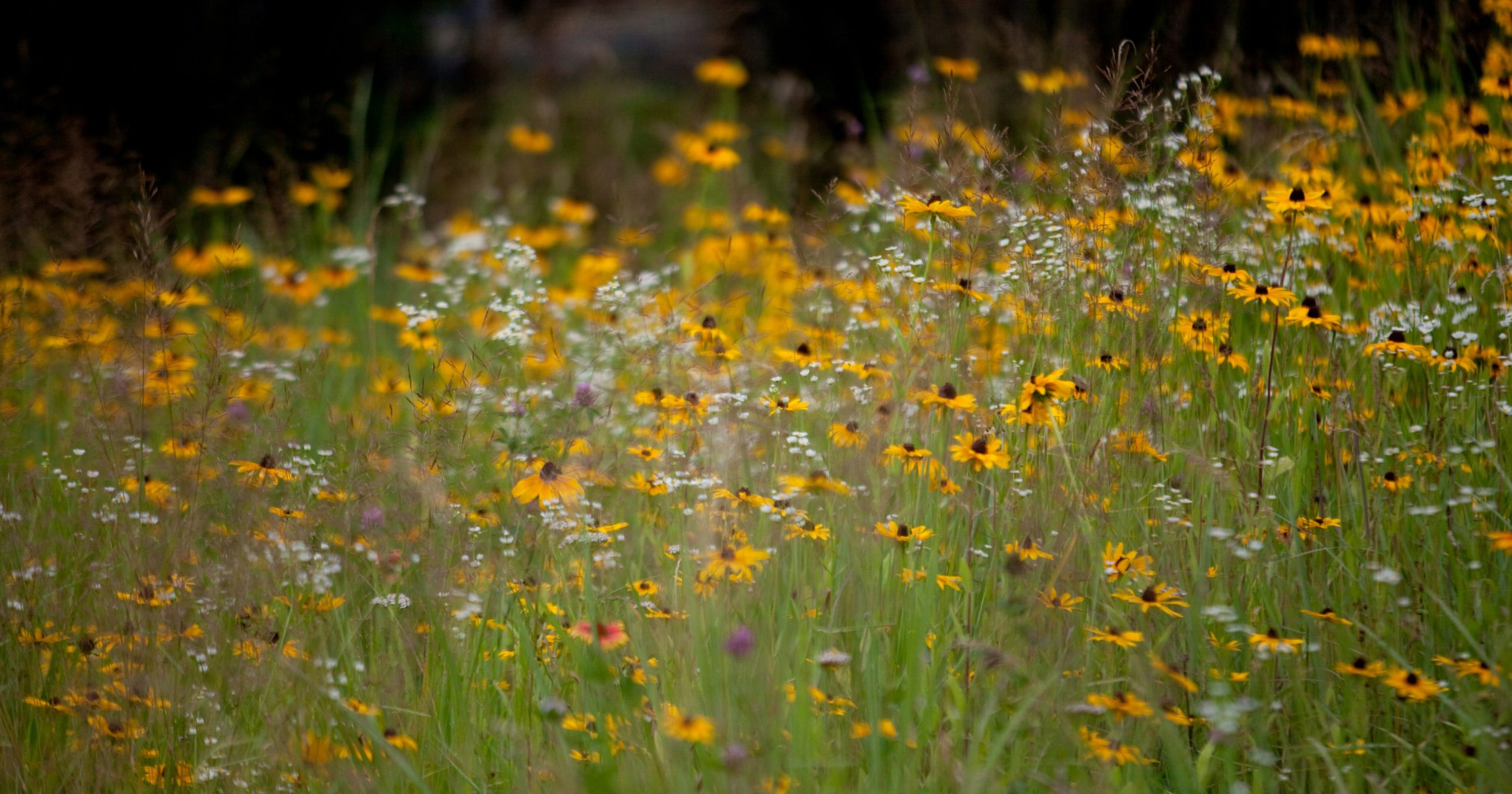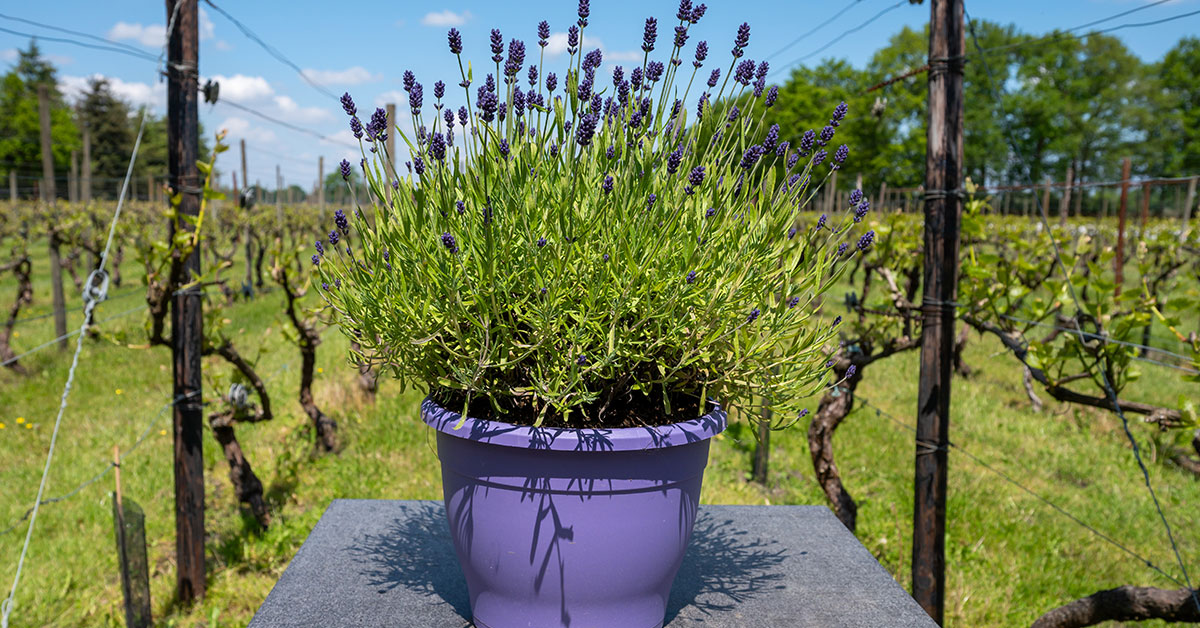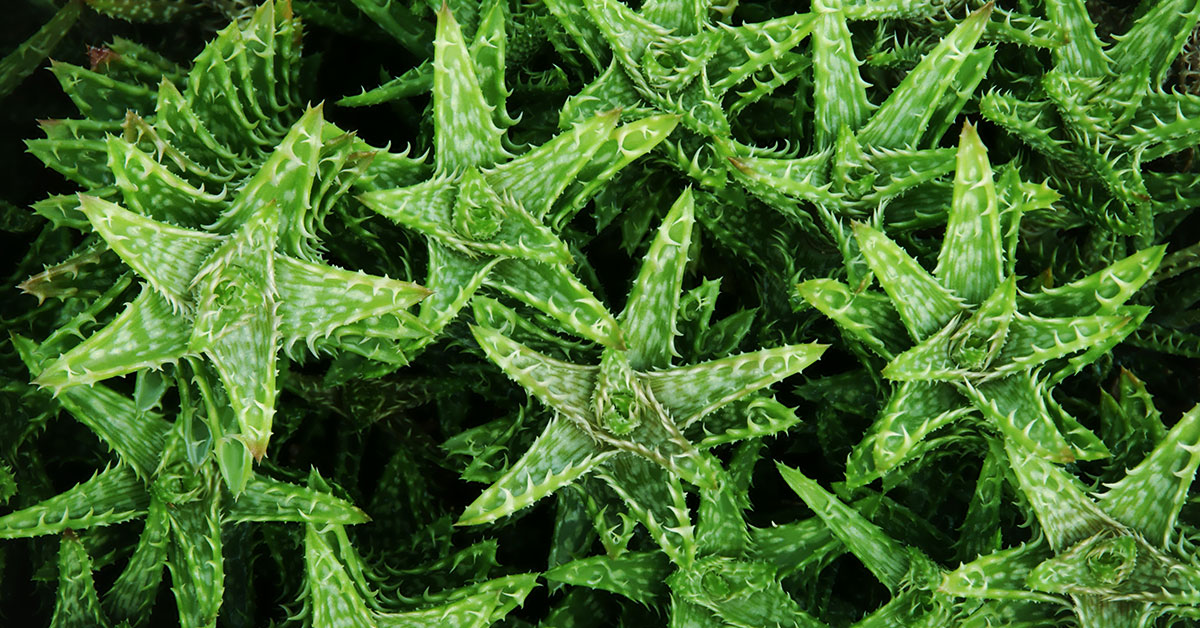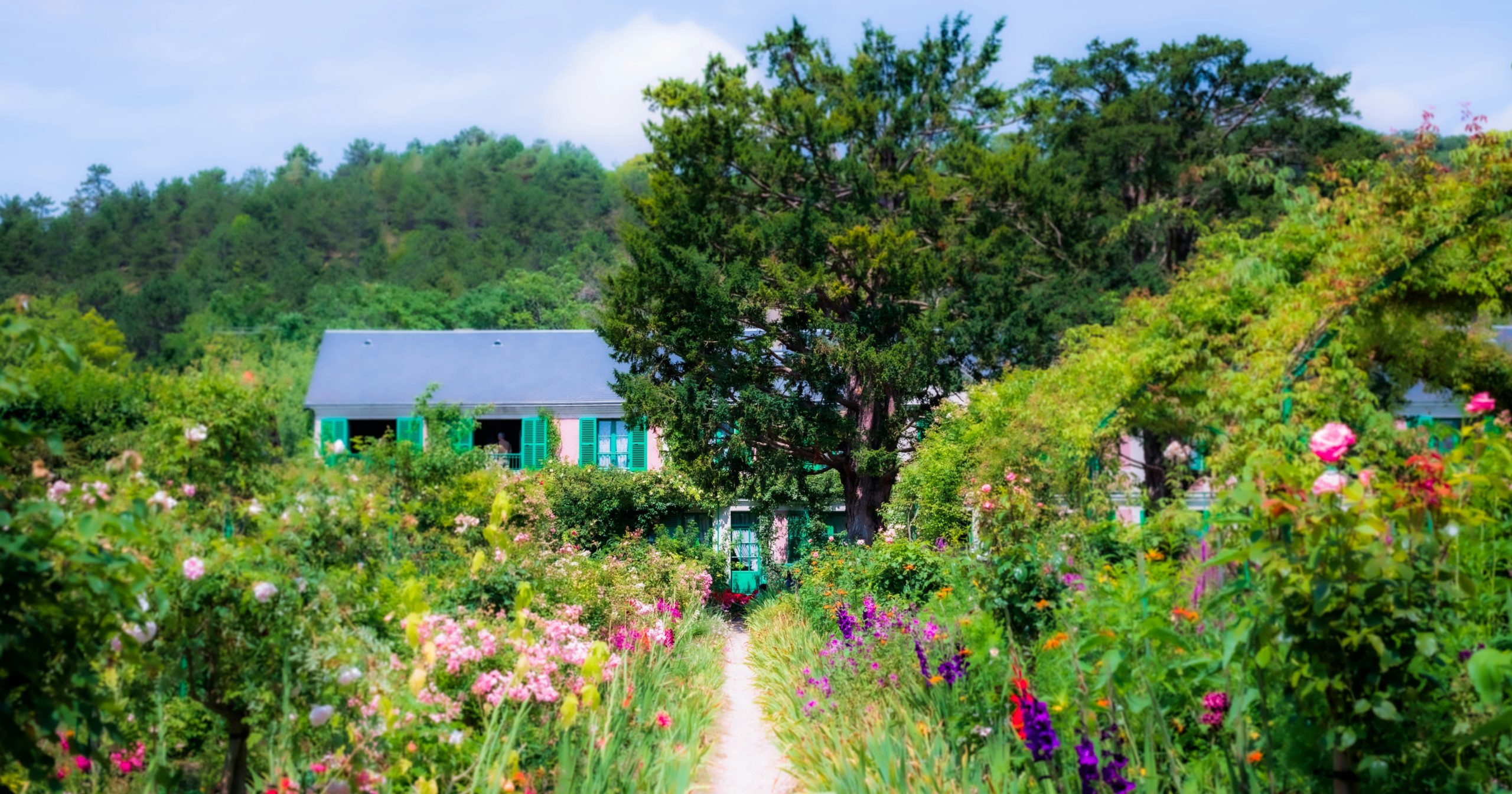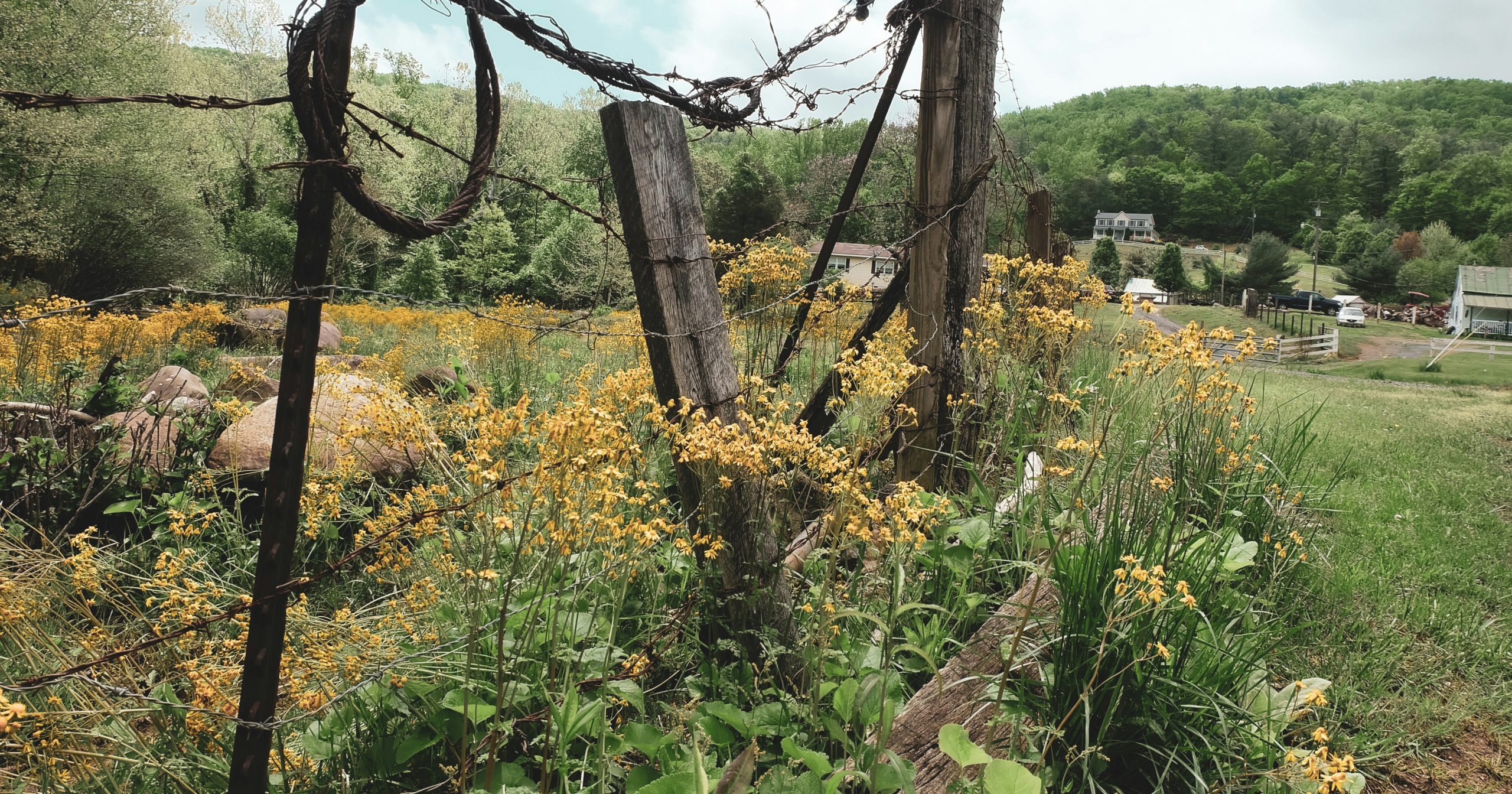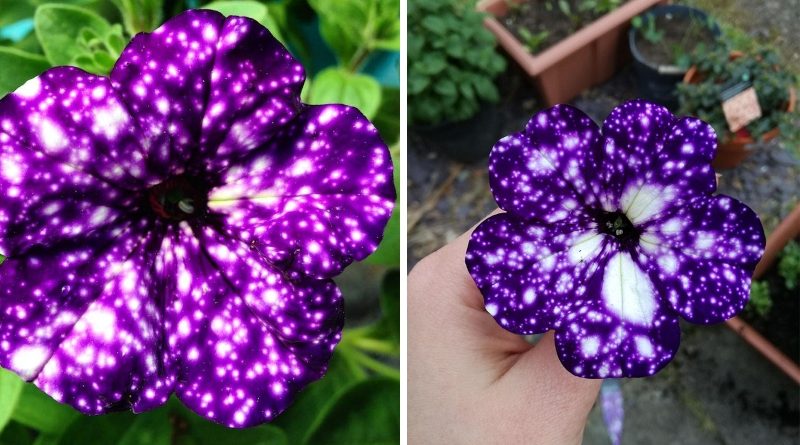Welcome to our comprehensive guide on how to deadhead phlox, a vital practice for maintaining the health and beauty of these stunning flowering plants. Phlox, known for their vibrant and abundant blooms, are a popular choice among gardeners for their ability to add a splash of color to any landscape.
Deadheading, the process of removing spent flowers, not only enhances the aesthetic appeal of phlox but also promotes continuous blooming and prevents the plant from wasting energy on seed production. In this article, we will delve into the importance of deadheading, the best techniques to employ, and the optimal time to perform this task.
Whether you are a seasoned gardener or a beginner, this guide will equip you with the knowledge and skills necessary to keep your phlox thriving and flourishing throughout the growing season.
Should you deadhead phlox?
Deadheading phlox is generally recommended to promote continuous blooming and maintain the overall health and appearance of the plant. Deadheading refers to the removal of spent flowers or flower heads from a plant. Here are some reasons why deadheading phlox can be beneficial:
- Prolonged blooming: Phlox is known for its beautiful clusters of flowers that bloom throughout the summer. By deadheading, you remove the faded or spent flowers, which encourages the plant to produce new flower buds. This continuous deadheading can extend the blooming period of phlox, allowing you to enjoy its vibrant flowers for a longer time.
- Neater appearance: Removing the faded flowers improves the overall appearance of the plant. Deadheading prevents the formation of seed heads, which can make the plant look messy or untidy. By keeping the plant tidy, you can enhance the visual appeal of your garden or landscape.
- Preventing self-seeding: Phlox plants have the tendency to self-seed, meaning they drop seeds that can germinate and grow into new plants. If you don’t deadhead phlox, the spent flowers will develop seed heads, leading to self-seeding. While some gardeners may welcome self-seeding, it can also result in overcrowding and competition among plants. Deadheading helps control the spread of phlox and prevents it from becoming invasive.
- Redirecting energy: When a phlox plant produces seeds, it directs its energy towards seed production rather than new flower production. By deadheading, you redirect the plant’s energy back into growth and flower development. This can result in larger, healthier blooms and a more vigorous plant overall.
It’s worth noting that some gardeners may choose not to deadhead phlox for various reasons. For instance, if you want to encourage self-seeding or attract birds with the seed heads, you can leave the spent flowers on the plant. However, if you prefer a neater appearance and prolonged blooming, deadheading is recommended.
When to deadhead phlox?
The best timing to deadhead phlox, also known as cutting back or removing spent flowers, depends on the specific variety of phlox you have and your desired outcome. However, in general, deadheading phlox is recommended to promote continuous blooming and maintain a tidy appearance. Here are some guidelines to help you determine the best timing for deadheading phlox:
- Regular Deadheading: For most phlox varieties, it is beneficial to deadhead regularly throughout the blooming season. As soon as the flowers start to fade and wilt, you can remove them by cutting the stem just above a set of healthy leaves or a lateral bud. This encourages the plant to redirect its energy towards producing new blooms rather than setting seeds.
- Early Deadheading: If you want to encourage a second flush of blooms, you can perform an early deadheading. This involves cutting back the entire plant by about one-third after the initial bloom period. This method can help rejuvenate the phlox and promote a second round of flowering later in the season.
- Late Deadheading: Towards the end of the blooming season, you can deadhead phlox to prevent the formation of seeds and promote a neater appearance. This can be done by removing the spent flowers and cutting back any leggy or overgrown stems. However, be cautious not to remove any new growth or buds that may be forming for the next season.
- Seed Collection: If you are interested in collecting phlox seeds for propagation, you should avoid deadheading until the flowers have completely dried on the plant. Allow the seed heads to mature and turn brown before cutting them off. Place the seed heads in a paper bag and store them in a cool, dry place until you are ready to collect the seeds.
Remember that deadheading is not mandatory for phlox, but it can help maintain the plant’s health and appearance. Additionally, it is important to provide adequate water, sunlight, and fertilizer to ensure the overall well-being of your phlox plants.
How to deadhead phlox
Deadheading phlox is an essential task to promote continuous blooming and maintain the overall health of the plant. Here is a step-by-step guide on how to deadhead phlox:
- Timing: The ideal time to deadhead phlox is when the flowers start to fade and wither. This is usually after the peak blooming period, which can vary depending on the specific phlox variety and your region.
- Tools: Gather the necessary tools before starting. You will need a pair of clean, sharp pruning shears or scissors. Make sure they are sanitized to prevent the spread of diseases.
- Identify spent flowers: Look for flowers that have lost their vibrant color and are starting to wilt or dry out. These are the ones you need to remove.
- Cut above the node: Locate the first set of healthy leaves below the spent flower. Position your pruning shears or scissors just above this set of leaves, and make a clean, angled cut. Aim to cut about ¼ inch above the node, which is the point where the leaf meets the stem.
- Remove entire flower cluster: Some phlox varieties have flower clusters with multiple blooms on a single stem. In such cases, it is best to remove the entire cluster by cutting it back to the main stem or a lateral branch. This encourages new growth and prevents the plant from wasting energy on producing seeds.
- Continue deadheading: Move along the phlox plant, identifying and removing all spent flowers in the same manner. Be thorough and ensure you remove all faded blooms to prevent seed formation.
- Dispose of the dead flowers: Collect all the removed flowers and dispose of them properly. This prevents any potential diseases or pests from spreading to other plants.
- Water and fertilize: After deadheading, give the phlox plant a thorough watering to help it recover from the stress of pruning. Additionally, you can apply a balanced, slow-release fertilizer to provide the necessary nutrients for new growth.
- Repeat deadheading: Deadheading is not a one-time task. Phlox plants will continue to produce new flowers throughout the growing season, and you should regularly deadhead to encourage more blooms. Aim to deadhead every 1-2 weeks or as needed, depending on the rate of flower fading.
By following these steps, you can keep your phlox plants looking tidy, promote prolonged blooming, and maintain their overall health and vigor.
Aftercare
After deadheading phlox, there are a few care guidelines to follow to ensure the plant remains healthy and continues to bloom:
- Remove spent flowers: Deadheading involves removing the faded or spent flowers from the plant. This encourages the production of new blooms and prevents the plant from diverting energy into producing seeds.
- Prune back stems: After deadheading, you can also prune back the stems of the phlox plant. This helps to maintain a neat and compact shape, encourages branching, and stimulates new growth.
- Watering: Phlox plants generally prefer evenly moist soil. After deadheading, water the plant thoroughly, ensuring the soil is moist but not waterlogged. Watering deeply once a week is usually sufficient, but adjust according to your specific climate and soil conditions.
- Fertilizing: Apply a balanced, slow-release fertilizer to the soil around the base of the phlox plant after deadheading. This provides essential nutrients for healthy growth and continuous blooming. Follow the instructions on the fertilizer packaging for application rates.
- Mulching: Apply a layer of organic mulch, such as wood chips or compost, around the base of the phlox plant. Mulching helps to conserve moisture, suppress weed growth, and regulate soil temperature.
- Sunlight: Phlox plants generally thrive in full sun to partial shade. Ensure your phlox receives at least six hours of direct sunlight each day for optimal growth and flowering.
- Pruning and dividing: In addition to deadheading, it is beneficial to prune and divide phlox plants every few years. Pruning helps to maintain a compact shape and remove any dead or diseased growth. Dividing the plant rejuvenates it and promotes better airflow and overall health.
- Pest and disease control: Monitor your phlox plants regularly for signs of pests or diseases, such as powdery mildew or aphids. Treat any issues promptly using organic or chemical controls as necessary.
By following these care guidelines, your phlox plants should continue to thrive and provide beautiful blooms throughout the growing season.


